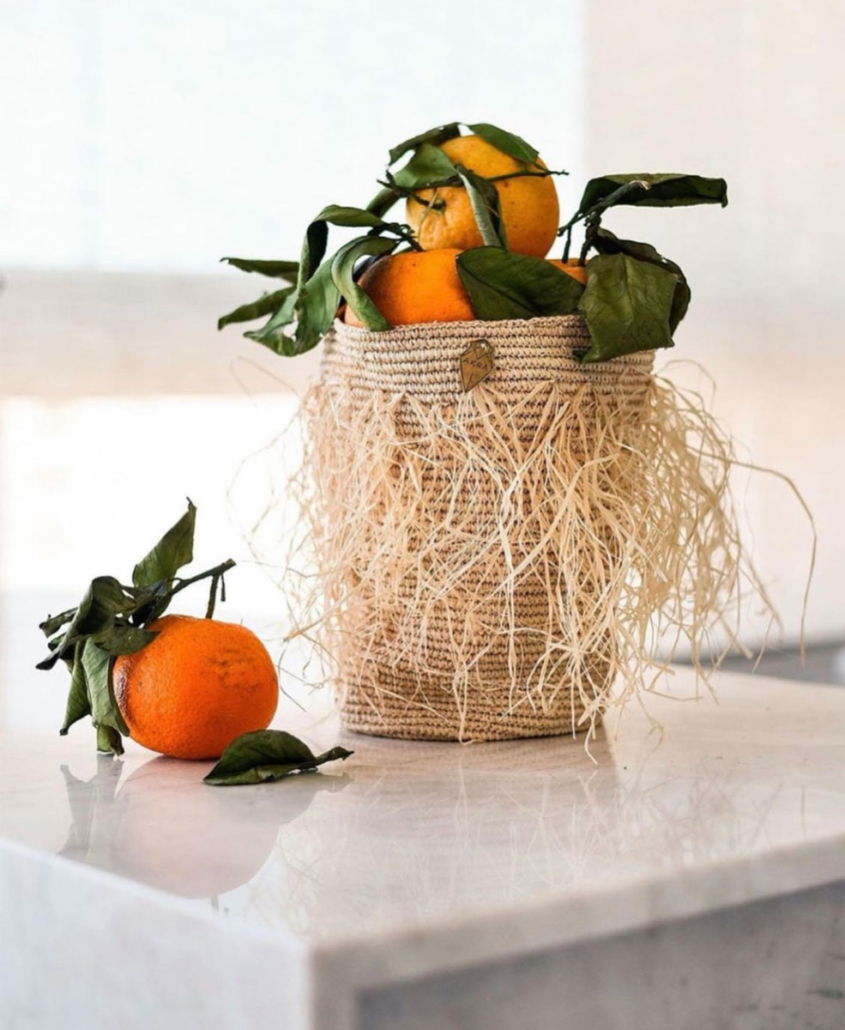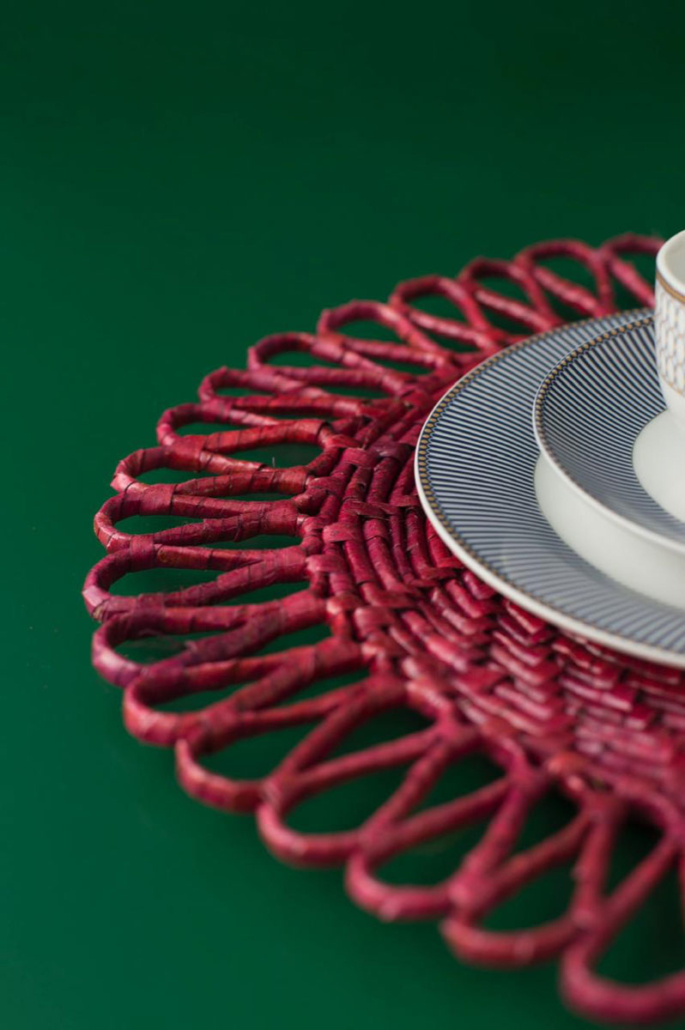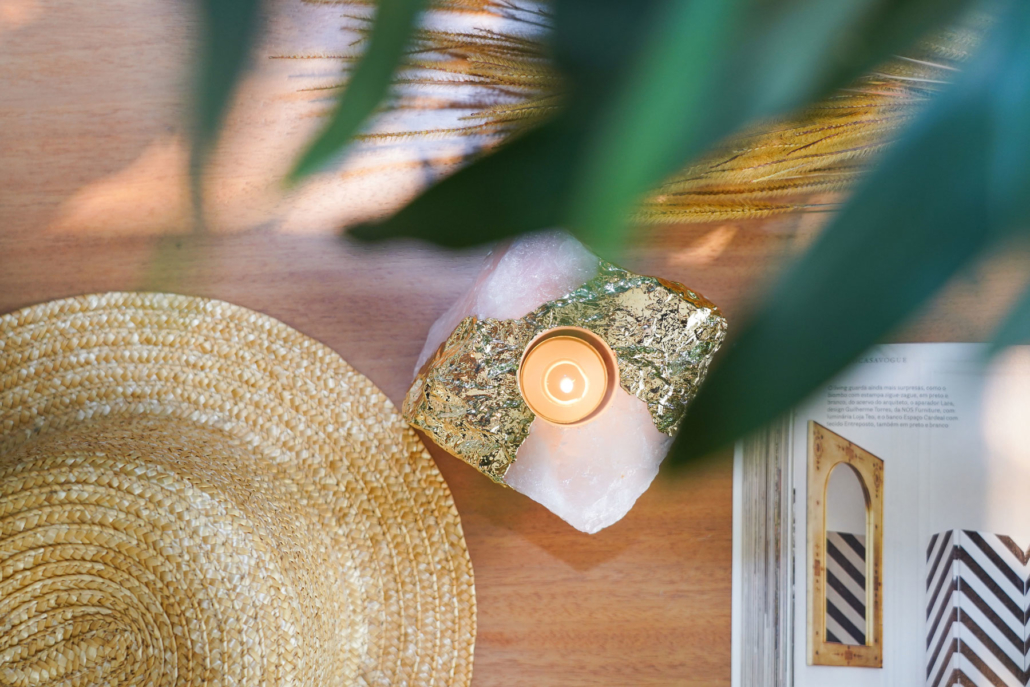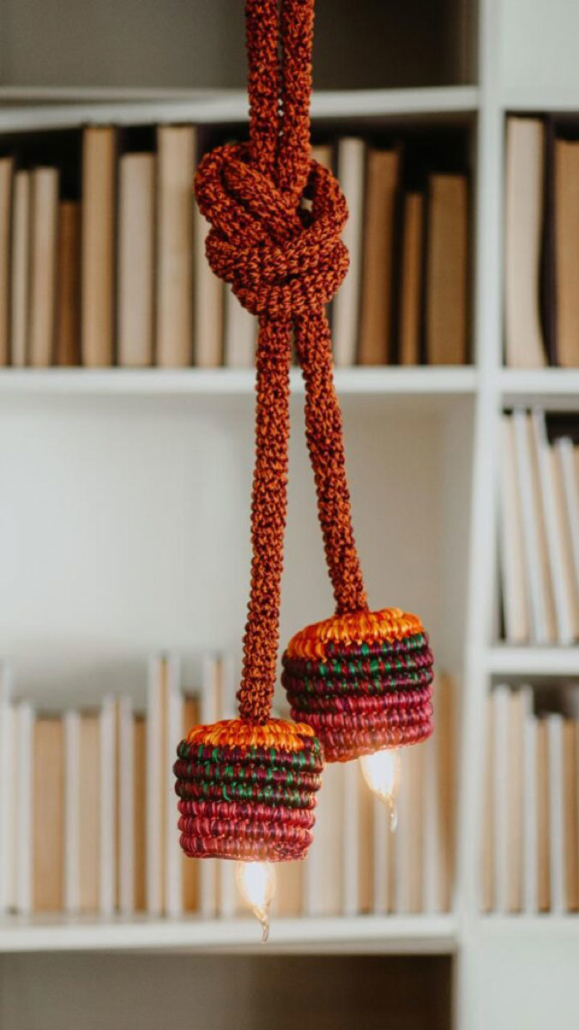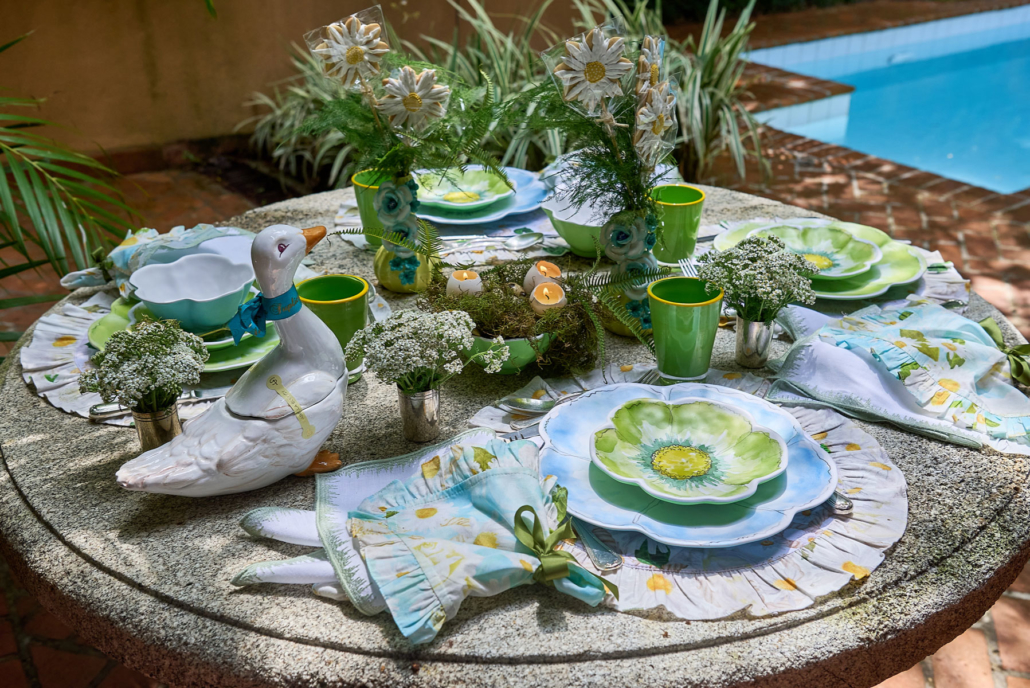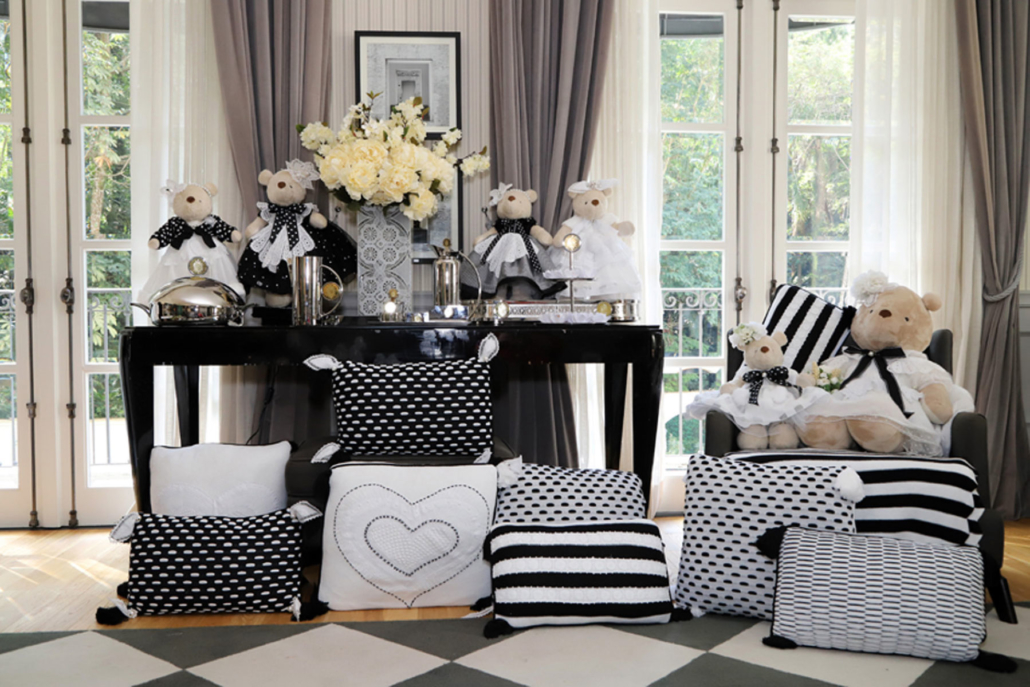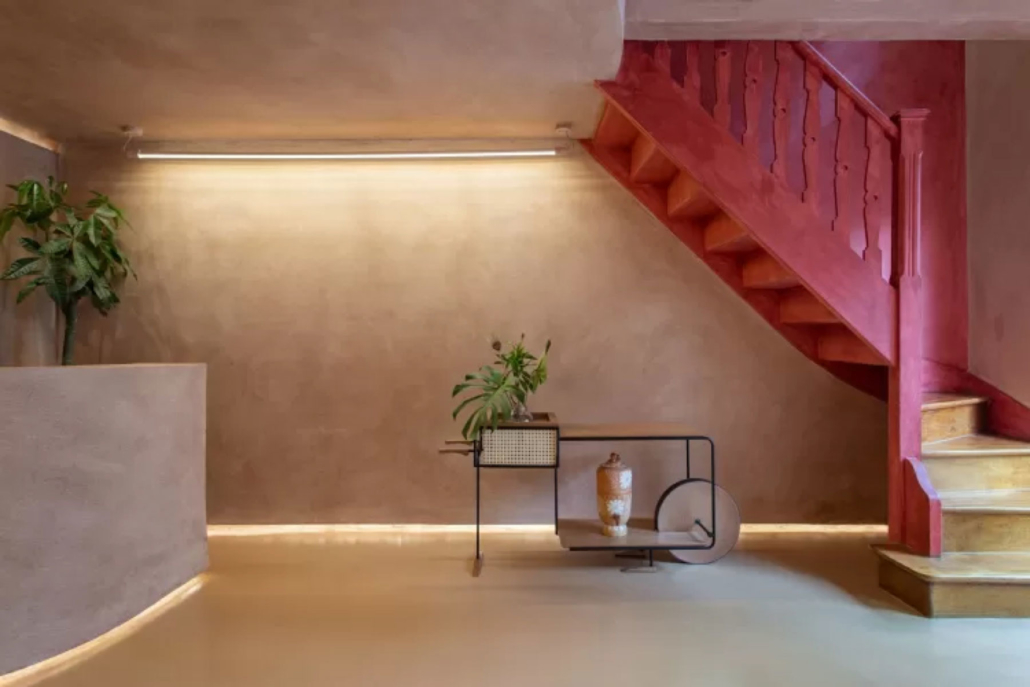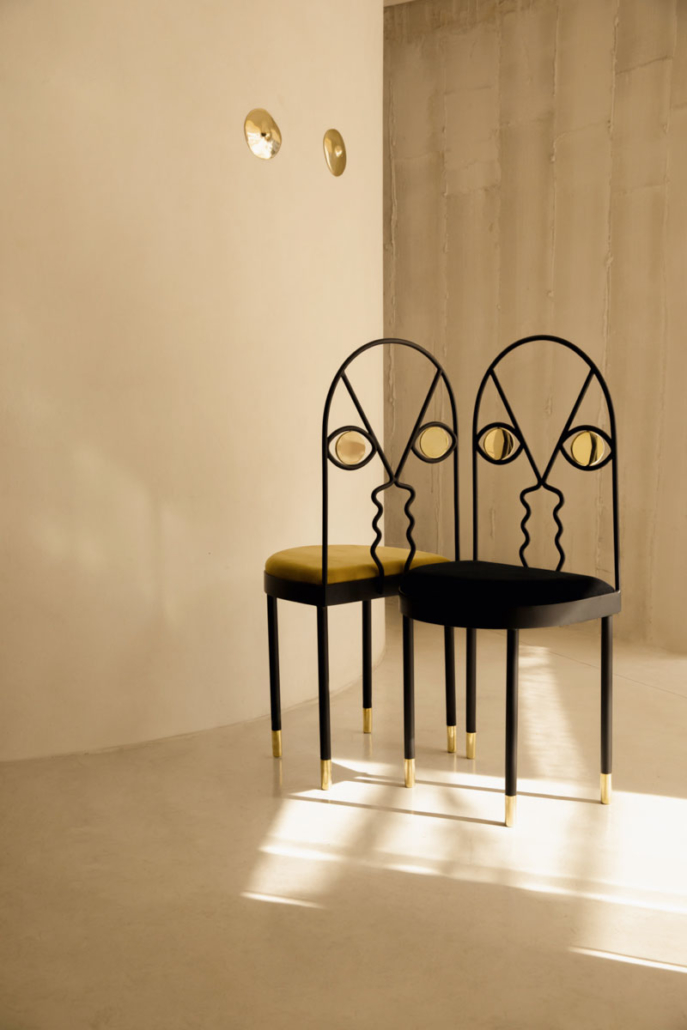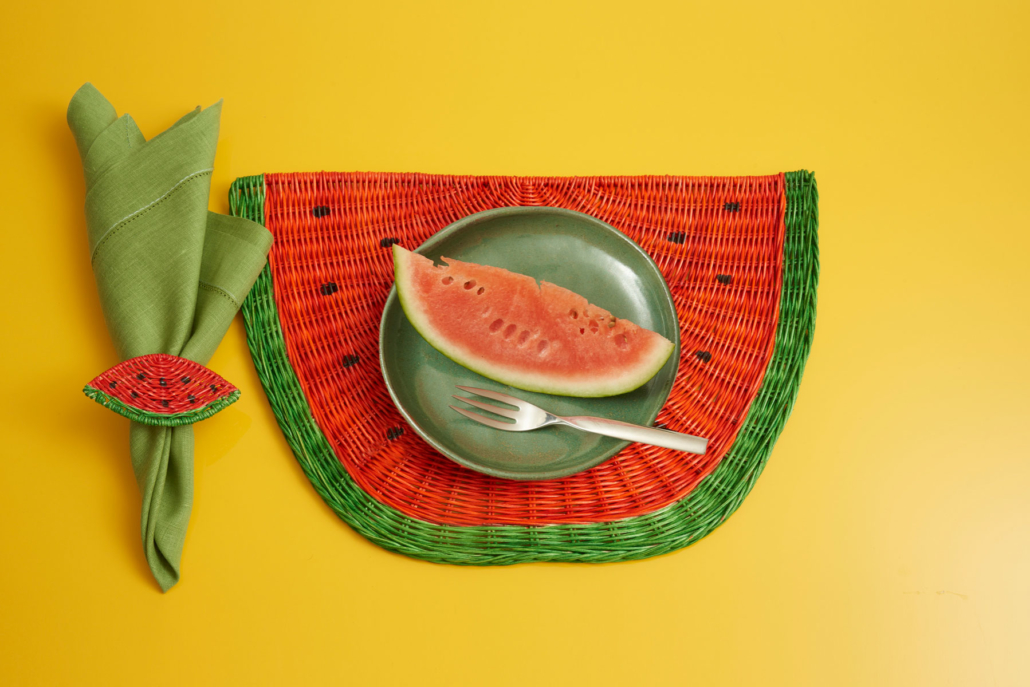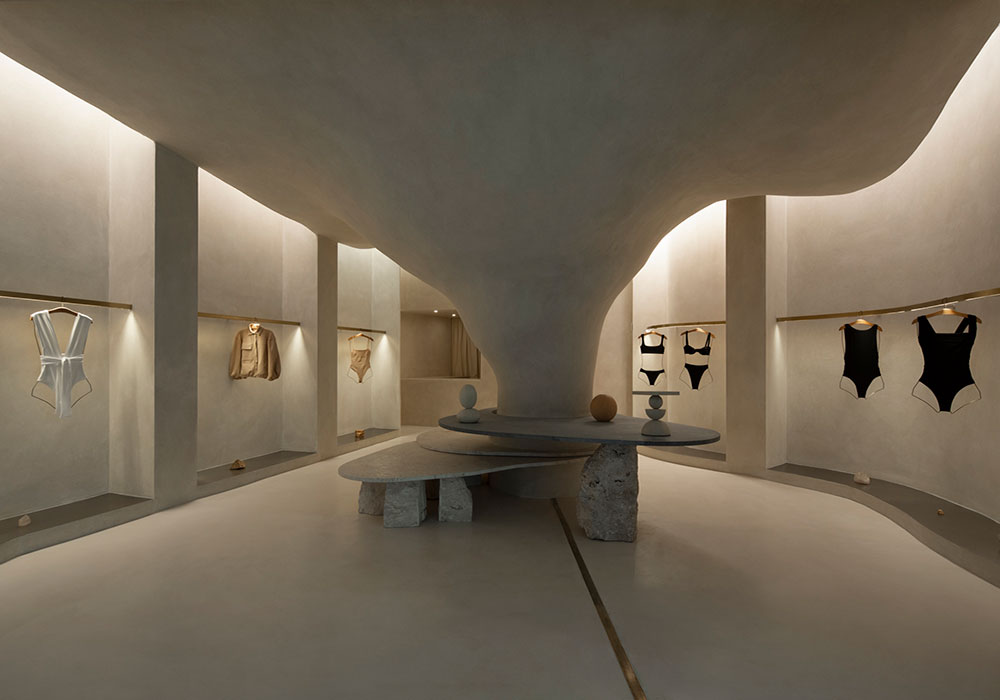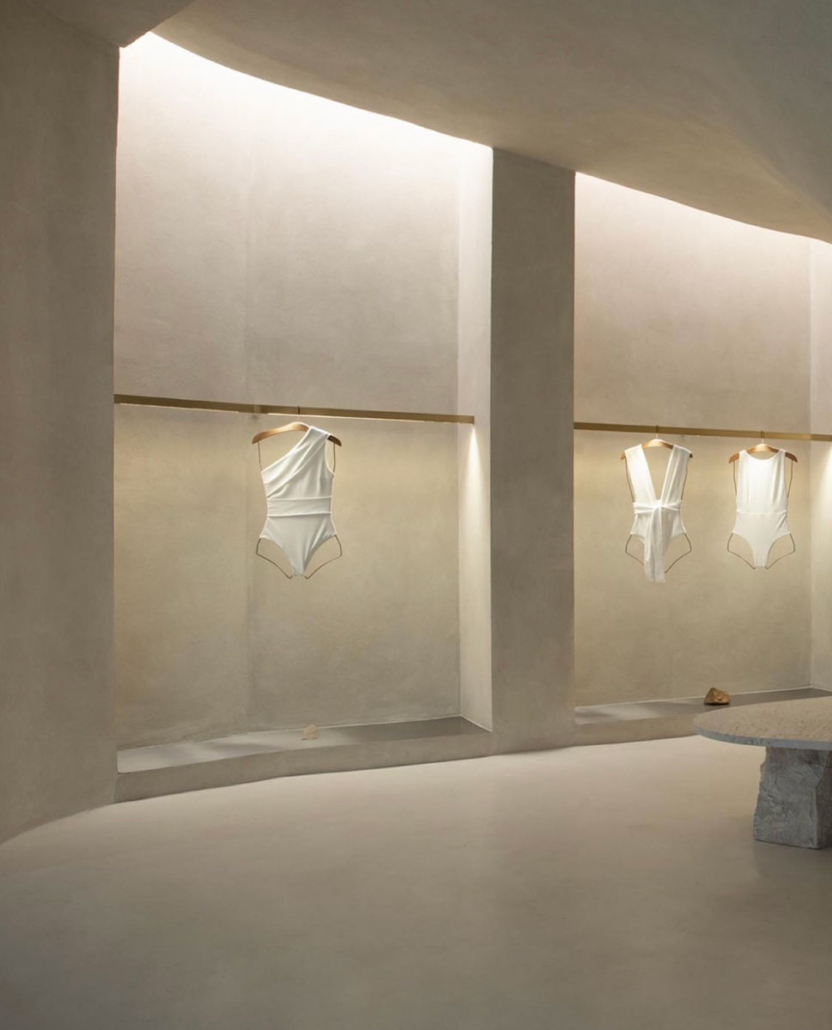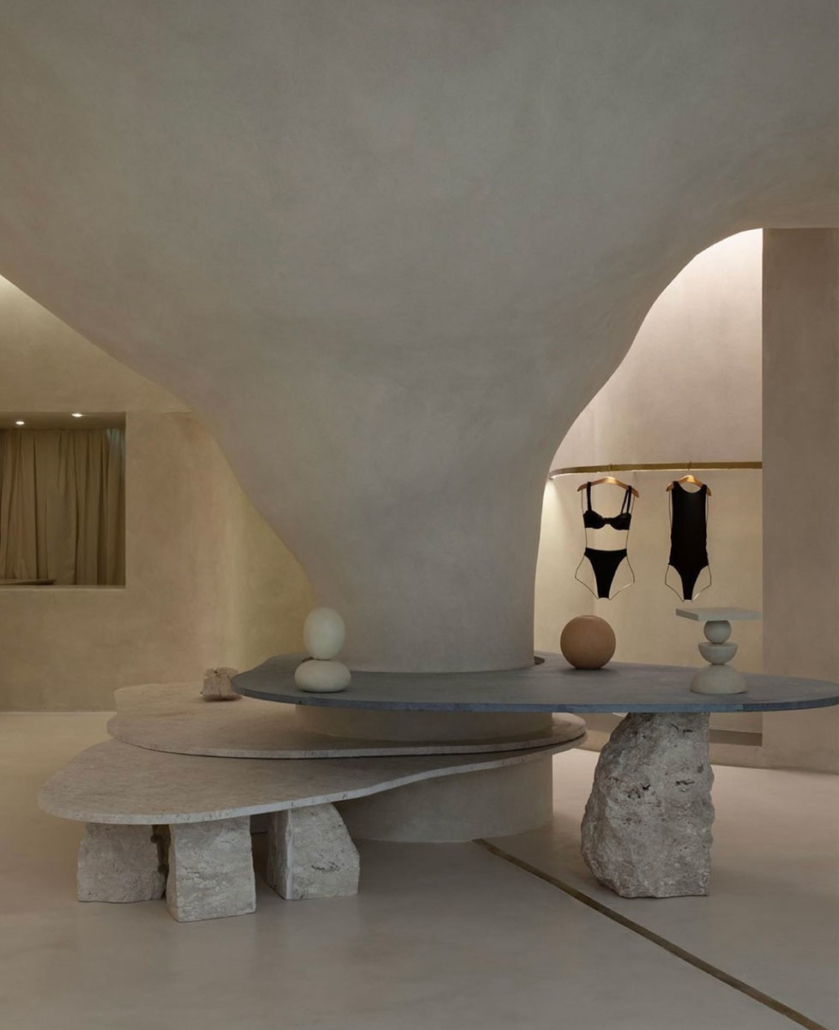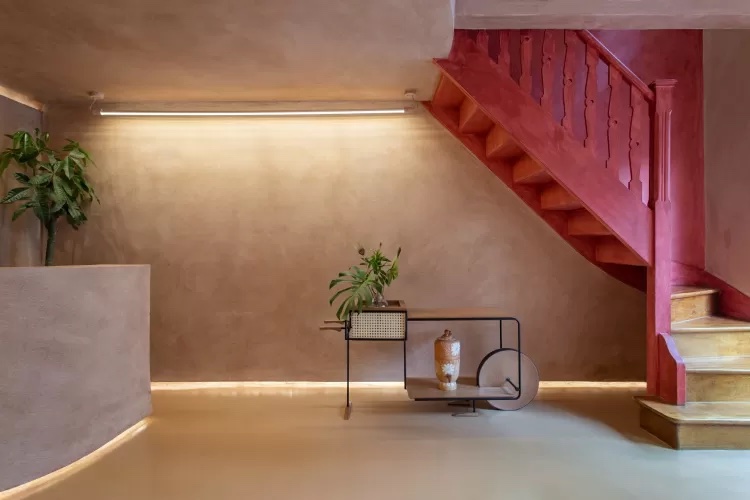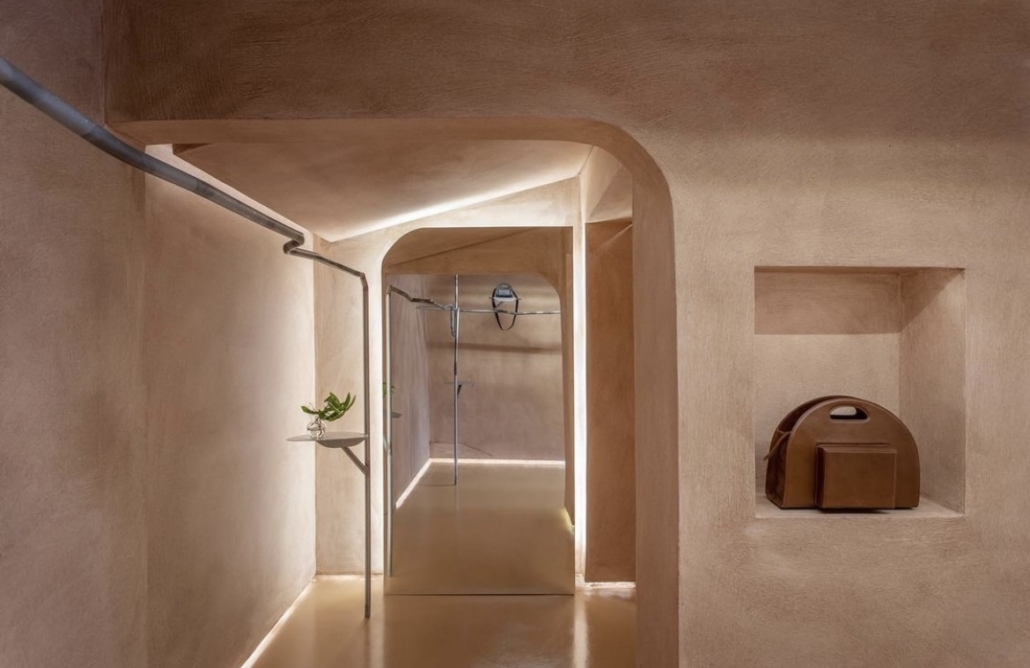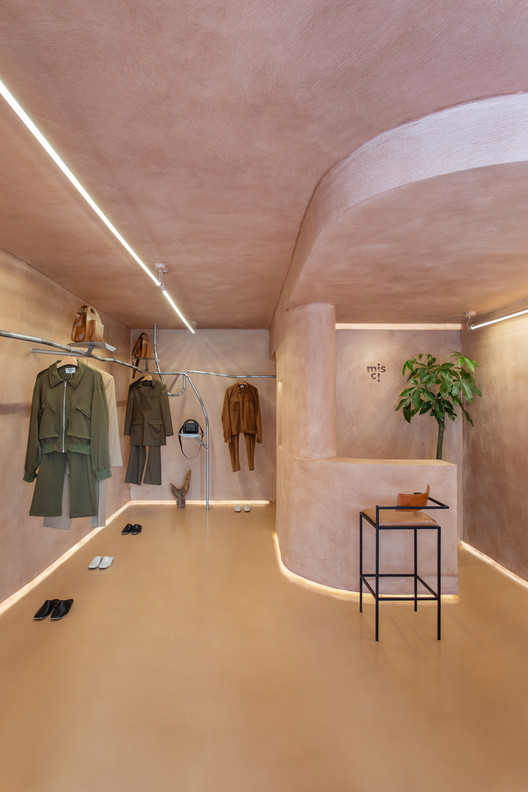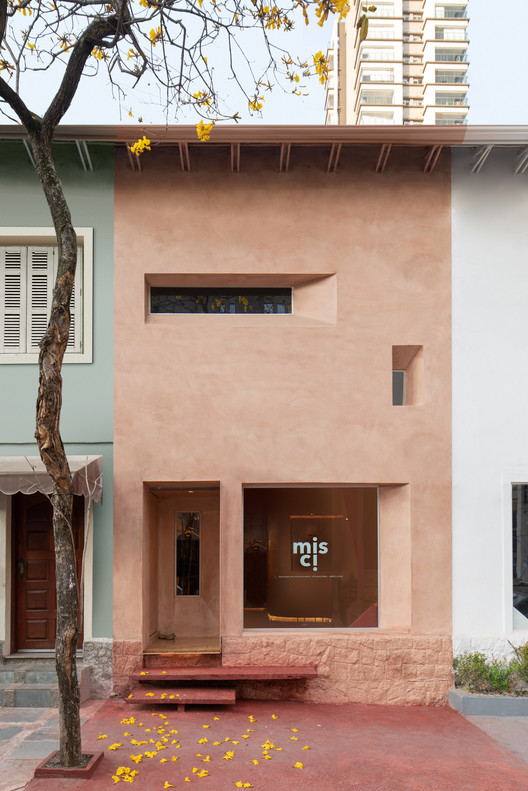Professional training for the international market: pricing and competitiveness
One of the most important aspects to define the competitiveness of a product in the global market is the determination of the export price.
During the pricing process, it is essential to consider the market’s details and tax aspects, as well as production and distribution costs. It is also important to position the product in order to highlight its perceived value.
Value proposition is a basis for this calculation and the establishment of the export price must be preceded by a detailed study of production costs and market conditions. This enables for the development of contracts and builds long-term partnerships.
Perceived Value
How much is the market willing to pay for your product or service? This perception of value by the consumer is one of the points that companies often overlook when pricing for exporting.
Pricing strategy is fundamental and represents the compatibility between the company’s profitability and the market value. The product must always have a margin of positive contribution in accordance with the profit expectations set by the company’s overall budget.
A good pricing strategy for products and services considers and analyzes the aspects that should contribute to the price setting process in depth, such as taxing, financial and market aspects, in addition to considering the consumer’s perception of value.
Value Positioning
● Understand your value to the customer. In order to find out how much your company should charge the customer, it isn’t enough to calculate the profit margin based on your variable and fixed costs;
● Find out what makes your product or service unique;
● Increase the price;
● Know where to promote your work;
● Focus on quality.

Improve the ability to argue, negotiate, and compete to increase exportations.
Fernando Santos Eduardo, consulting partner at Aquila International Business, presented the tools to operate in the international market and improve argumentation in the negotiating process during the ‘Pricing for Exports’ course.
“The main difficulty that Brazilian companies currently face in the pricing of their products for exporting is definitely the lack of knowledge on how to format these prices. It isn’t enough to simply use the wholesale price in reais and divide it by the dollar exchange rate of the day. That is not going to be the price for exportation and it is a big mistake that companies make, causing them to lose international competitiveness. Having said that, pricing involves more than just taxing, fiscal and financial factors, but also knowledge of international negotiation techniques, knowledge of the different cultures, perception of international marketing strategies and, mainly, market knowledge.”
Competitiveness
Five pricing tips:
- Reorganize the domestic market price by reviewing production costs.
- Develop a competitive price and observe international and domestic competition.
- Know the exemptions and benefits for exports.
- Understand if your price is compatible with the product that is offered.
- Have a margin for negotiation with international customers.
“Pricing is very important within the international market where the company needs to have a notion of international negotiation, in order to be able to price correctly. Different markets may require different aspects related to the delivery of the product.
Some countries would rather deliver to their own country. However, there are others that have a logistical convenience, they already negotiate with Brazil, so they may be able to pick up the goods here or even have a local agent on the ground,” Fernando Santos Eduardo.
#Precificação #Exportação #Capacitação #Posicionamento #Negociação #Competitividade


